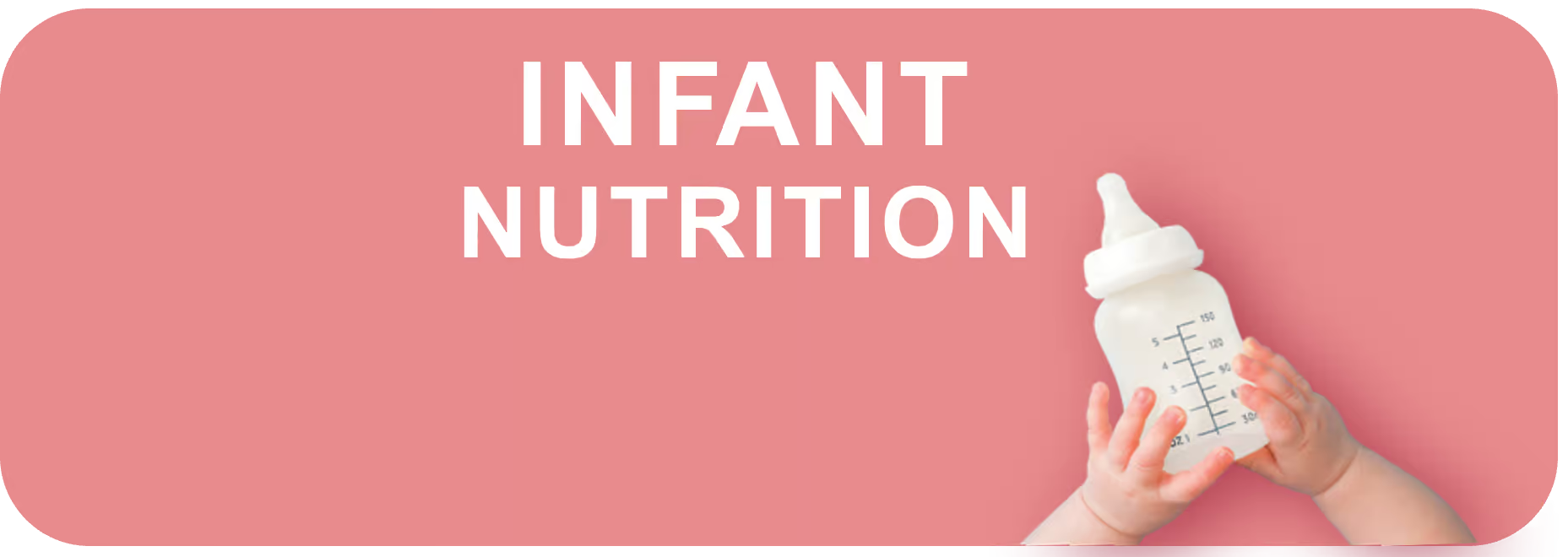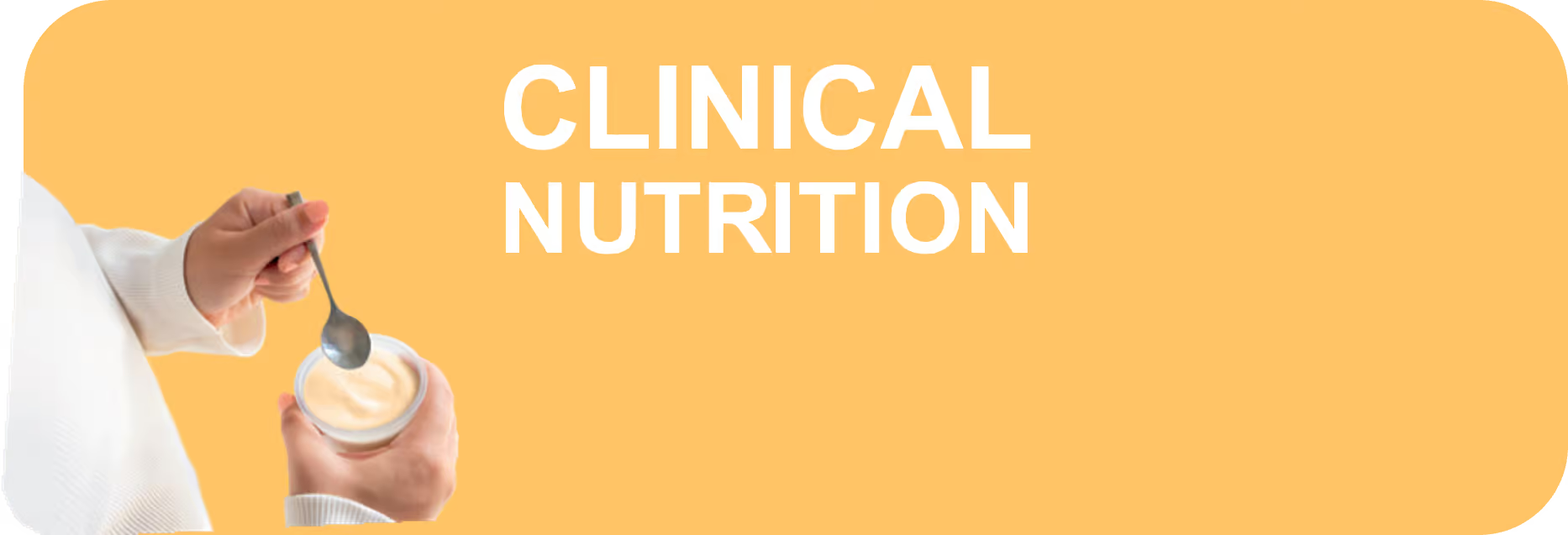5 reasons to adopt metal packaging in Infant Nutrition
Infant nutrition products are among the safest on the market. Suitable packaging must be used to ensure that their nutritional and health qualities remain intact.
In this article, find out why metal containers may be a packaging of choice for manufacturers and parents, particularly due to their technical properties.
Meeting customer expectations
Parents are looking for safety
Infant foods are subject to strict regulations.
Infant foods designed for very young and sensitive consumers provide reassurance and confidence[13]. Parents are aware that these foods are subject to strict health and nutritional controls.
They therefore expect early life nutrition brands to provide answers and evidence as regards all these attributes so that they can be sure of giving their children food that is safe[1].
Quality concerns are high in all areas of early life nutrition products. The origin of ingredients, place and process of manufacture, method of storage and even packaging are all selection criteria.
Specifically in terms of packaging, the barrier properties of metal containers inspire consumer confidence as to the proper preservation of foodstuffs[8]. Metal containers are a popular packaging choice with parents. In France, these powdered infant formulas are packaged primarily in metal containers in 400, 800 or 900 g format (source: SNFBM)[8].
Expectations regarding product recycling
Today, consumers are turning to healthy and more ethical products[11]. They are particularly sensitive to waste and are increasingly likely to recycle[7], which contributes to the preservation of natural resources.
To support this approach, manufacturers are making every effort to use recyclable or ecodesigned packaging. Types of packaging that meet these expectations are PET bottles, HDPE bottles, LDPE film, Tetra Briks, aluminium or steel packaging, cardboard/paper and glass (source: CITEO).
Infinitely recyclable metal containers9 are thus a lever of the circular economy[14].
Metal containers: guaranteed food preservation
Airtight metal packaging protects and preserves food, including powdered infant formulas and dry baby food.
Metal packaging offers technical packaging solutions to meet a wide range of market needs. This packaging offers numerous advantages:
- It is opaque, thus protecting the contents from light
- It is airtight to gases such as oxygen and water vapour that can alter the product
- Product hygiene
These properties ensure the proper conservation and therefore preservation of the nutritional and organoleptic qualities of the product.
Longer shelf life
The top and bottom of the containers used at Lactalis Nutrition Santé are crimped. The peel-off aluminium cap is sealed beforehand at the supplier’s site. Because metal is opaque and airtight, it ensures a very long product shelf life.
This airtightness therefore allows powdered infant formulas to retain all their nutritional and organoleptic properties. By way of example, opacity helps limit the loss of the light-sensitive vitamins B8 and B12.
Another advantage of metal containers is that they are inert. This removes the risk of microparticles migrating from the packaging material into the product over time.
Protection from oxidation
During packaging, any traces of oxygen are extracted from the container. Nitrogen and/or CO2 are then added to ensure better conservation.
It should be noted that nitrogen is a neutral gas naturally present in air and is therefore inexhaustible. By filling the containers with nitrogen and creating this modified atmosphere, interactions between the powder and oxygen are thus limited. This technique prevents oxidation[2] and the development of pathogens[3]. It thus ensures the quality of powdered infant formulas, extending their shelf life.
Guaranteed hygiene: the Lactalis Nutrition Santé hinged lid with built-in dosing device
Lactalis Nutrition Santé wanted to develop types of packaging that are increasingly safe as well as practical. This is why we have added hinged lids to some of our infant nutrition powdered products. This device is highly valued for everyday use because it is resealable and forms an integral part of the container.
This ingenious system is also hygienic! The dosing device is not in direct contact with the powder, but rather is part of the lid. It is easily accessible, and users can re-position without their hands coming into contact with the product.
The hinged lid also ensures correct dosing of powdered infant formula. Combined with a tamper, also built into the lid, it enables the dosing device to be correctly filled to ensure that the baby consumes the right amount of powder.
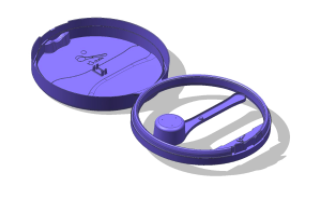
Recyclable and sustainable: long live metal containers!
The European Union promotes the circular economy[10].Since 2008, it has been working towards better waste management by adopting Directive 2008/98/EC, which repealed former directives governing this area. This directive seeks to address the imbalances in waste collection and recycling in Europe. In order to promote the transition to a circular economy, the European Union introduced a series of measures in 2015, embodied by a number of directives in 2018[10].
Today, 65% of steel packaging is recycled in France[5].
Steel is one of the materials found in the composition of metal containers, alongside the aluminium used for caps. Furthermore, steel is the most recycled material in the world[4]. By recycling steel packaging, natural resources are preserved and our impact on the planet is reduced.
In addition, steel has a better recovery and recyclability rate than any other material. It can be recycled infinitely and does not lose any of its physical properties[4].
To get an idea, the graph below shows recycling rates by material (%) in France:
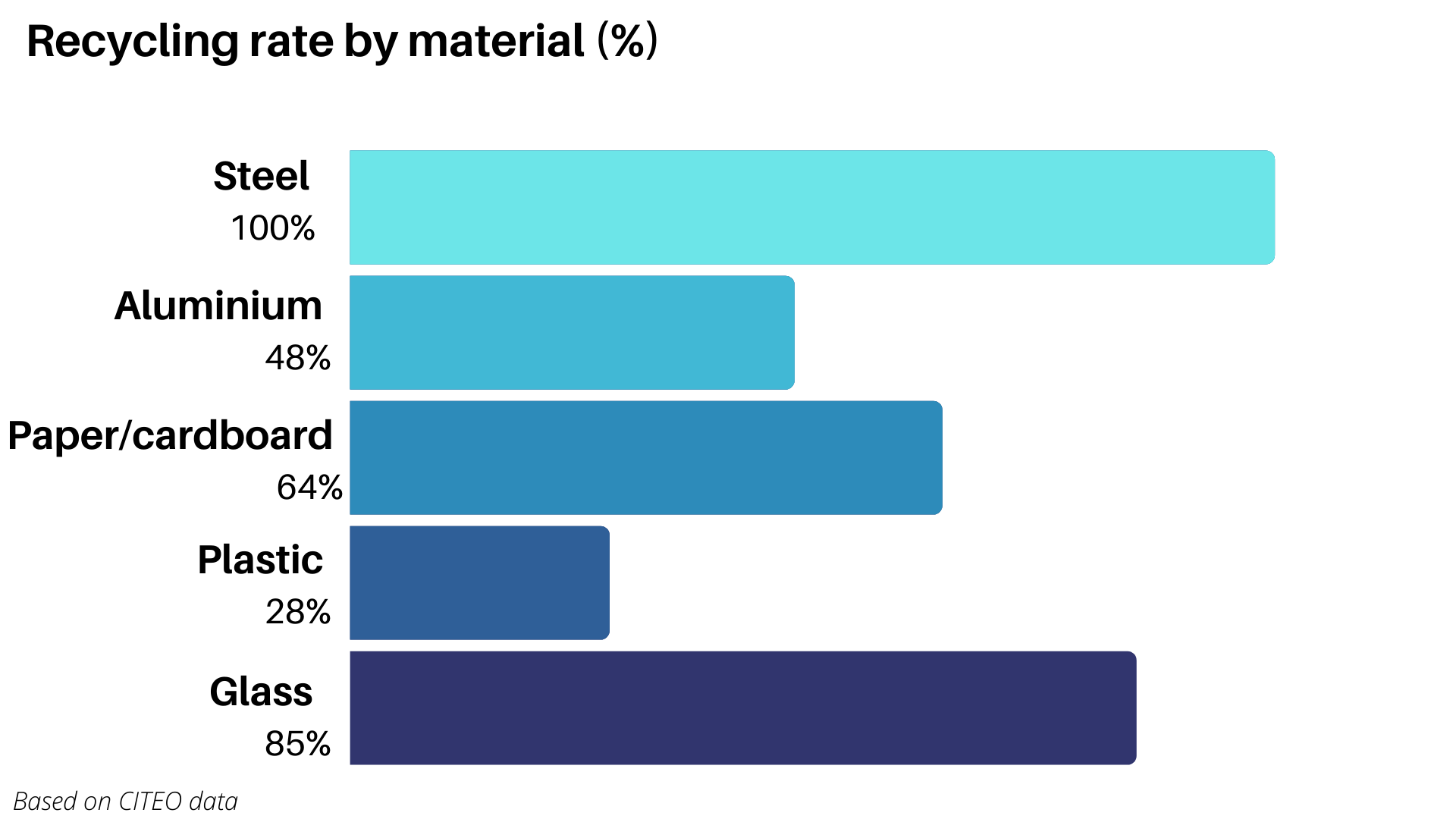
When metal products reach the end of their life cycle, the materials are simply collected and recycled without losing their inherent properties[4]. Stakeholders in the metal packaging industry and waste recovery are committed to a genuine recycling society[8].
Metal is a permanent material, the intrinsic properties of which do not change during use despite repeated recycling. Its recycling does not necessarily require the addition of raw material or additives to ensure that the function and basic properties of the material remain unchanged[4,6].
In the face of growing consumer demand for environmentally-friendly products, the “metal recycles forever” logo helps brands inform consumers clearly, accurately and consistently about the sustainability features of the packaging they have chosen[12].
In this search to keep the nutritional value of infant nutrition powdered products intact, metal packaging not only ensures impeccable quality but also provides recyclable packaging.
SOURCES:
- [1] Une étude « Consommateurs » de Deloitte, menée en août-septembre 2012 https://www2.deloitte.com/content/dam/Deloitte/fr/Documents/consumer-business/La_nutrition_infantile_en_quete_de_croissance.pdf
- [2] Les nombreux avantages des emballages métalliques sur metal packaging europe : https://metalpackagingeurope.org/benefits
- [3] https://www.wittgas.com/fr/conseil-et-service/livres-blancs/emballage-sous-atmosphere-modifiee/#:~:text=L’emballage%20se%20fait%20g%C3%A9n%C3%A9ralement,la%20croissance%20des%20microorganismes%20a%C3%A9robies.
- [4] BIR. The industry, ferrous metals. World steel recycling in figures, 2016-2020 : https://bir.org/the-industry/ferrous-metals
- [5] LE POINT SUR LE TRI ET LE RECYCLAGE DES EMBALLAGES EN ACIER : https://bo.citeo.com/sites/default/files/2020-03/PDF_emballages_acier_lepointsur_20200204.pdf
- [6] https://metalpackagingeurope.org/sustainability
- [7] : https://www.citeo.com/le-mag/les-francais-sont-ils-prets-changer-leurs-comportements-pour-lenvironnement
- [8] Rapport Annuel – SNFBM : https://www.snfbm.fr/wp-content/uploads/2021/06/0-2021-06-16-SNFBM-RA-2020-WEB-FINAL.pdf
- [9]https://www.lsa-conso.fr/le-logo-metal-recyclable-a-l-infini-est-de-plus-en-plus-adopte,322436
- [10] UE et économie circulaire : https://www.europarl.europa.eu/doceo/document/A-9-2021-0008_FR.html
- [11] Les attentes des consommateurs envers les marques : https://www.lsa-conso.fr/90-des-consommateurs-attendent-des-marques-qu-elles-s-engagent,340296
- [12] https://metalpackagingeurope.org/article/all-you-need-know-about-metal-recycles-forever-logo#smooth-scroll-top
- [13] https://www2.deloitte.com/content/dam/Deloitte/fr/Documents/consumer-business/La_nutrition_infantile_en_quete_de_croissance.pdf
- [14] https://metalpackagingeurope.org/sustainability

